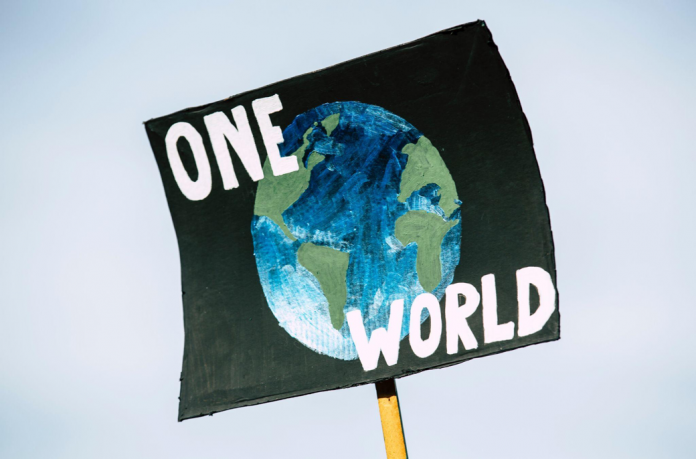Today environmental challenges are popping up faster than expected – especially negative outcomes of climate change – and can represent a major threat to the lives of youth. To mitigate these negative outcomes, it’s important to raise awareness among today’s adolescents and drive them to a pro-environmental behavior. These steps in environmental education should start in schools, as the earlier individuals learn about the environment, the sooner they will be able to have an active role in the context of climate emergency and sustainable development.
One of the current problems regarding the industrialization and urbanization of our world is eutrophication –a primary water quality issue for most freshwater/coastal marine ecosystems and is due to impacts from human activities. Eutrophication starts when fertilizers that are rich in nutrients such as nitrogen and phosphorus are washed into rivers or lakes, increasing the concentration of nutrients in the water. This helps the algae to grow and reproduce faster, resulting in a thick green blanket in the water that blocks the sunlight from reaching the aquatic plants resulting in them dying. Soon after algae eats all the nutrients, it dies too, leaving space for bacteria to break down the dead plants and algae and that releases more nutrients back into the water, which aggravates the cycle. Also, the bacteria consume the oxygen faster, sometimes leaving the water completely without oxygen for other plants and animals to survive.
BLUE-GREENWAY provides best practices for water bodies restoration from eutrophication and co-creative capacity management to combat anoxia at the origin. Also, innovative management will increase the capacity of land users in non-polluting materials use and integrating state-of-the-art technologies will advance the agricultural sector by informing on fertilizer best practices by the state of the water body they influence.
Young people can make better use of these newer technologies, as the world is in continuous development and adolescents grow surrounded by tech and infinite information channels at their disposal. Being informed about our natural surroundings and understanding that human actions have a direct impact on the ecosystems around us, it’s the first step in environmental awareness. Kids can be encouraged to practice what they learn in schools at home, further sharing their knowledge about climate emergencies with their friends and family.
They have the ability to alter their lifestyle and its impact on the environment. They may make their homes, schools, and youth organizations more environmentally friendly by implementing green practices, recycling various products, and conserving resources like water and electricity. Engaging youth in environmental preservation has the potential to affect not just their own habits and attitudes, but also their parents, relatives, and households.


